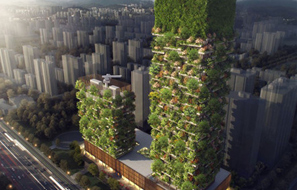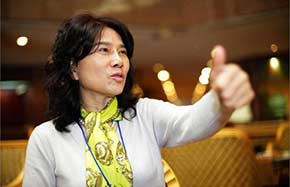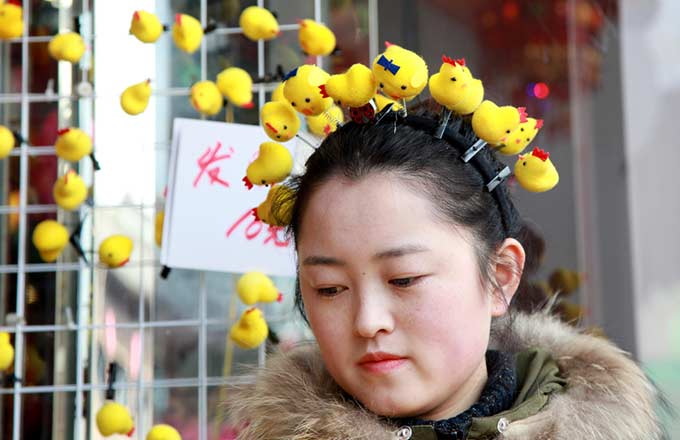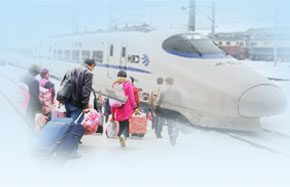Some still face question of identity
A convoluted history
The story of urbanization is long and convoluted and has suffered at least three major twists since the New China was founded in 1949.
During the First Five-Year Plan (1953-1957), China started 156 industrial construction projects with the aid of the former Soviet Union, and a large number of farmers swarmed to the cities. But in the early 1960s, many factories were closed or merged as a result of natural disasters and poor planning and policies, and the urbanization process suffered a major setback.
Another unexpected phenomenon was that of the "sent-down youth", when Chairman Mao Zedong ordered young city-dwelling intellectuals and recently graduated middle-school students to move to the countryside and "learn from the farmers".
The most recent setback occurred during the 2008-09 global financial crisis. As export orders fell sharply, many companies ceased, or partially suspended, production. At least 20 million migrant workers lost their jobs and returned to their home villages.
 Urbanization was considered a major driving force for economic development and was listed as a national strategy in the 10th Five-Year Plan (2001-05), which emphasized that raising the levels of urbanization and boosting rural-urban migration would optimize the economic structure and create virtuous cycles of sustainable socioeconomic development.
Urbanization was considered a major driving force for economic development and was listed as a national strategy in the 10th Five-Year Plan (2001-05), which emphasized that raising the levels of urbanization and boosting rural-urban migration would optimize the economic structure and create virtuous cycles of sustainable socioeconomic development.
The years 2000 to 2012 signaled one of urbanization's fastest development periods. The country had an urban population of 711.82 million by the end of 2012, rising from 455.94 million in 2000, according to the NBS. The urbanization rate - the proportion of people living in urban areas - increased to 52.6 percent from 36.09 percent during the period.
However, many government officials and experts said the rate was an overestimation, because the NBS considers migrant workers who have lived in a city for more than six months as part of the urban population. Although the method of calculation conforms to common international practice, the migrant workers - unlike urban residents - have no access to public services, including social security and health insurance.
Because at least a quarter of the urban population nationwide does not have access to these services, the actual urbanization rate is only 35 percent, said Chen Xiwen, deputy director of the Party's leading group on rural work. There is still a long way to go before China can achieve the 60 percent target rate by 2020, he added.
This is not simply a problem of statistical analysis, according to Chen. It means the government must provide restitution for a task it has not finished - that of making public administration and social security available to migrant workers - while it promotes urbanization during the next 10 years.
"The key for the successful reform of urbanization is the transformation of large-scale city expansion into people-oriented urbanization and making the term 'migrant worker' a part of history as soon as possible," said Chi of the China Institute for Reform and Development.
He suggested the government should gradually remove the restrictions on household registration, starting with small- and medium-sized towns before moving onto the big cities and eventually allowing the free movement of people, and centralized administration within eight years.
- Rural voice should be heard on urbanization: expert
- Urbanization is 'free choice', Li says
- Li pledges to prudently advance urbanization
- China to control megacities' size in urbanization
- Beijing to control urban expansion: mayor
- Village an urbanization model
- China mulls more financial aid to urbanization
- China to issue urbanization layout in 2013
- China hoping 'two sessions' balance urbanization
- Urbanization, growth puts pressure on local governments



















